Listen to some major American voices lost in 2018. Poetry Sound Library believes that poets' voices are immortal. You can listen to them on Poetry Sound Library.
0 Comments
Karin Maria Boye (1900-1941) a Swedish poet and novelist. In Sweden she is acclaimed as a poet, but internationally she is best known for the dystopian science fiction novel Kallocain (1940). She was added to the Poetry Sound Library map on December 16th, an Audio recording of her Poem "Önskan". I must say that to be able to listen to Karin Boye's voice has been a very deep experience for me. I could see with her eyes and feel with her sould. I suggest you to also read about her life. I found a very detailed page about Boye on Nordic Women Literarure. Here's some info: "Karin Boye was born in Gothenburg and from 1909 grew up in Huddinge outside Stockholm. Her father was a civil engineer; she herself completed her schooling at Åhlinska girls’ school, went on to qualify as a teacher in 1921, and graduated in 1928 after studying in Uppsala and at Stockholm University. She earned a living as a writer and critic for newspapers such as Social-Demokraten and Arbetet, was a member of the committee and editorial team of the far-left movement Clarté from 1926 to 1932, and was also attached to the editorial committee of the new modernist periodical Spektrum, 1931-1932. In 1932 she underwent psychoanalysis in Berlin. She was married to Leif Björk from 1929 to 1931, but the couple never had children, and from 1932 to 1941 she lived together with the young German Jew Margot Hanel from Berlin. In April 1941 Karin Boye committed suicide. Her debut collection Moln, 1922, which like her following works Gömda land, 1924, and Härdarna, 1927, had a classic, clear form and a particular rhythm, mirrored the personality of an idealist and aesthete. Beginning with her poetry collection För trädets skull, 1935, she changed to an advanced, modernist style of poetry with imagery characterised by myth and depth psychology. This collection, albeit misunderstood by the traditionally-minded literary critics of the time, is now considered to be one of Sweden’s most brilliant, modernist works of poetry. Her debut prose work Astarte, 1931, is a Marxist-inspired piece questioning capitalist consumerist ideology and the perception of women. In her autobiographical work Kris, 1934, she considers lesbianism, using the form of existentialist discussion. The pinnacle of her writing, however, is Kallocain, 1940, which offers a terrifying vision of the future, of a world destroyed by war between superpowers and atomic weapons. Karin Boye has often been seen as a starry-eyed aesthete preoccupied by the mysteries of her own personality; however, in her poetry, essays, and works as a critic she showed herself to be an author who was highly aware of her period and a political radical who took up the struggle against prejudice, the oppression of women, war, and dictatorship. She was strongly influenced by Elin Wägner and those connected with the periodical Tidevarvet. Gallery: Karin Boye's Watercolors Karin Boye painted a number of water-colours especially in her teens. They have attracted much attention at several exhibitions, for instance at Waldemarsudde in Stockholm. Some of the water-colours reflect subjects which also occur in her written work. They are privately owned (by Ulf Boye, her brother). Further readings: Amanda Doxtater: "Women readers, food and the cunsumption of text: Karin Boye's Kris and Monika Fagerholm's Diva" in Gender, power, text: Nordic culture in the twentieth century, 2004 Paulina Helgeson: "Karin Boye: posthumous excuses" in: Scandinavica, (40), 2001 Ellen Mortensen: "'All that is nameless and new': exploring queer paths in Karin Boye's poetry" in: Scandinavica (40), 2001 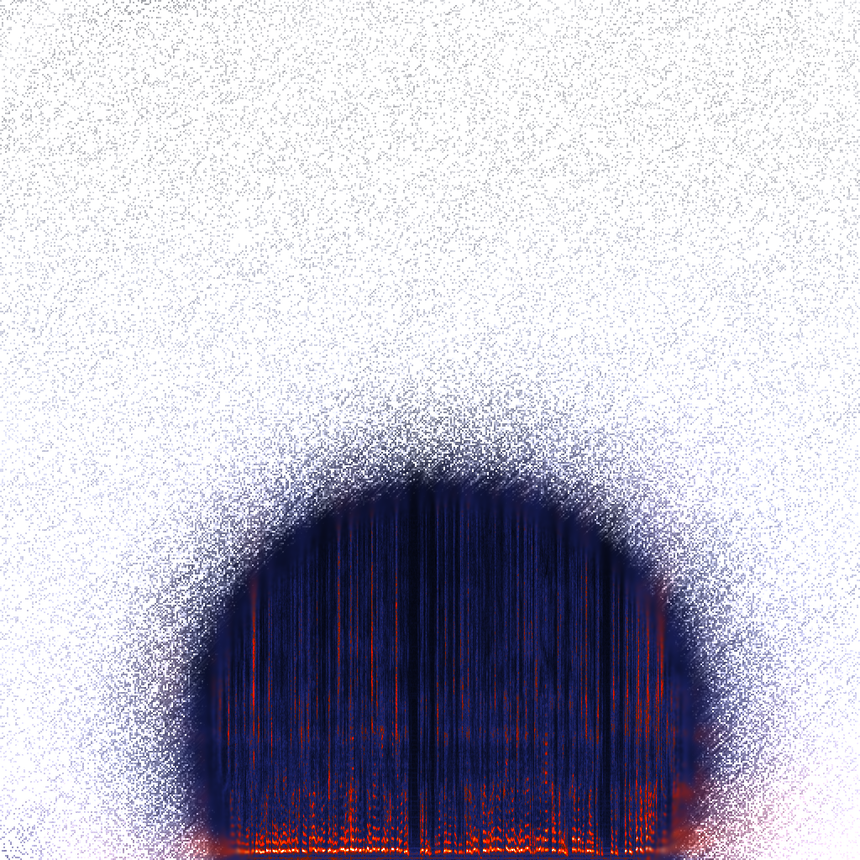 Hiromi Itō 伊藤 比呂美 is on Poetry Sound Map. Listen to her mesmerizing voice on the map. Her voice is like exploring a wood at night, finding a fire while surrounded by snow. We transformed her voice into this painting to represent the ‘shamaness of poetry’, Hiromi Itō, a defining force in Japan’s literary world. "When Hiromi Itō started writing about controversial feminist subjects, such as her sexuality, her menstruation, and her uterus, her father expressed his acceptance but asked her not to continue for the sake of her mother – who in turn did the same. But Itō continued nonetheless, writing about all aspects of her own body – including the sexual organs – in the same way as if she was “simply writing about her hands.” In response to the male-dominated manga she had read, she wanted to be at the center of her writing as ‘the hero.’ Since then, Itō has continued to write honestly about her experiences, like in the famous poem ‘Killing Kanoko’, where she describes how she struggled with postpartum depression – a subject which not many addressed at that time: “When I was holding Kanoko, I was thinking: If I drop her now, she will cry… stuff like that.” Hiromi Itō (b. 1955) is a considered one of contemporary Japan’s most important writers, and has written several poetry collections, novels and essays. Itō is known for writing about subjects such as female sexuality, menstruation, pregnancy as well as the fantasy of killing one’s newborn child. Her many collections of poetry include ‘Killing Kanoko’ (2009) and ‘Wild Grass on the Riverbank’ (2015). Itō is the recipient of major literary awards such as the Noma Literary Prize (1999) and the Tamaki Jun Prize (2006). Hiromi Itō was interviewed by Christian Lund at the Louisiana Literature festival at the Louisiana Museum of Modern Art, Denmark in August 2018." ( Cit. Interview to Lousiana Channel) Photo from the Nobel Foundation archive. You can now listen to Gabriela Mistral reading her poem "La casa" on the Poetry Sound Library map.
Gabriela Mistral The Nobel Prize in Literature 1945 Born: 7 April 1889, Vicuña, Chile Died: 10 January 1957, Hempstead, NY, USA Residence at the time of the award: Chile Prize motivation: "for her lyric poetry which, inspired by powerful emotions, has made her name a symbol of the idealistic aspirations of the entire Latin American world." Language: Spanish Lucila Godoy Alcayaga was born in 1889 in Vicuna, Coquimbo in Chile. She was the daughter of a school teacher and poet, and Alcayaga herself began working as a teacher in her home district at the age of just 15. She continued working as a prominent educator until her poetry became known. She borrowed the pseudonym, Gabriela Mistral, from her favorite poets, Gabriele D'Annunzio and Frédéric Mistral. Lucila Godoy Alcayaga had several assignments within Latin American education systems, worked on various committees, and also served as the Chilean consul in several countries. Gabriela Mistral's poems are characterized by strong emotion and direct language. They are also influenced by the modernist movement. Their central themes are love, deceit, sorrow, nature, travel, and love for children. Her first major work was Desolación, published in 1922. In 1924 came Ternura (Tenderness), which contains lullabies and rhymes for children, and later Tala (Felling) in 1938, which employs unusual imagery and free verse. Gabriela Mistral was also involved in sociopolitical issues and was a well-known op-ed writer for major newspapers in her home country of Chile. She was South America's first ever Nobel Laureate. Gabriela Mistral – Facts. NobelPrize.org. Nobel Media AB 2018. Thu. 27 Dec 2018. <https://www.nobelprize.org/prizes/literature/1945/mistral/facts/> Poetry Sound Library has added a fourth marker to the map: the red marker shows on the map an external link to Archives of voices through Soundcloud or other Archives with poets' voices invited to Festivals for example. This will give to the user the possibility to navigate easily through the map and easily find Festivals, Archives and other useful links. In the image you can see the link to Poetry International Rotterdam.
|
Today we start our blog's suggestion, a post dedicated to one of our many voices on the map. |
339 voices already on the map, in a few weeks. You can explore, listen, follow the voices in the landscape, you can feel their beauty, fragility and power, vibrations. You can taste them and caress them. On the map you can listen to the present and the past voice. And in the unexplored geography of places not yet illuminated by the poets' voice, you will meet the future of poetry.
We reached 300 voices on the map and we are now working at transforming the voices into waves for our coming up art installation in Italy and UK.
If you could take a look at the place where a poet lives or spent their life; if you could hear the sound of their land, see the trees they loved, the streets they walked, the Café they sat in to write or talk; if you could do that, do you think the poems would become alive again? Here's something for you. Enjoy the landscape of voices on our map.
Giovanna Iorio
Poet, sound artist & Founder of the Poetry Sound Library.
Lives in London, from Italy.
Archives
January 2020
December 2019
October 2019
May 2019
April 2019
March 2019
February 2019
January 2019
December 2018



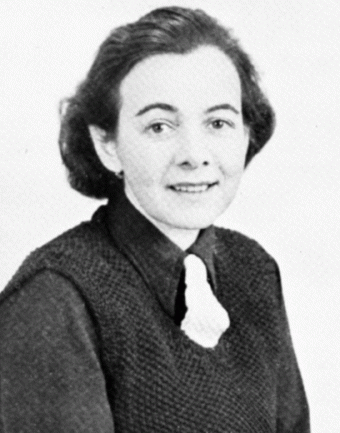
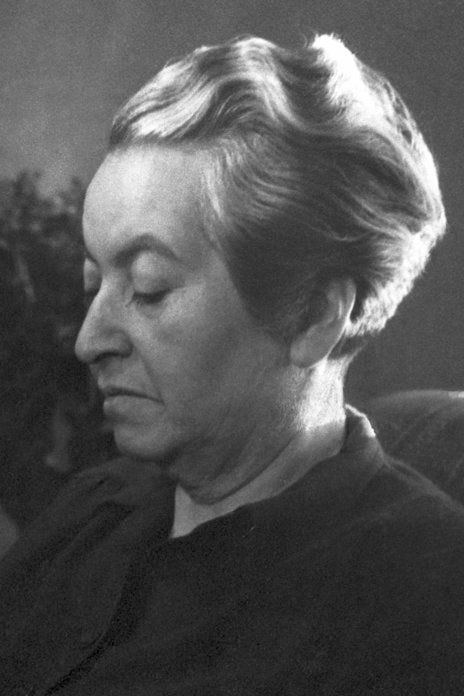
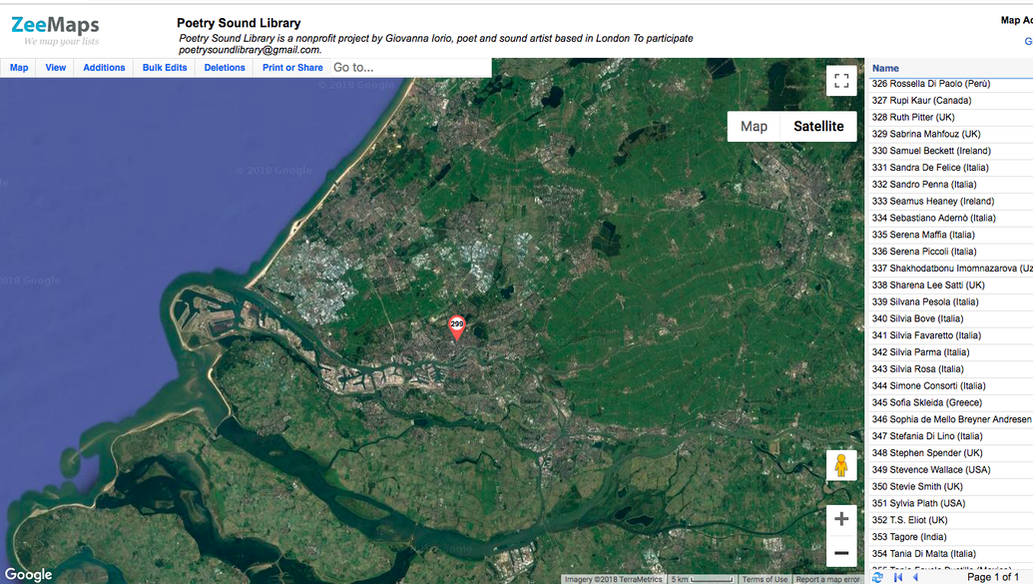
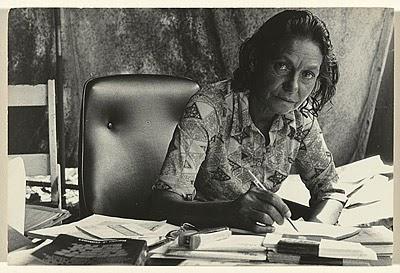
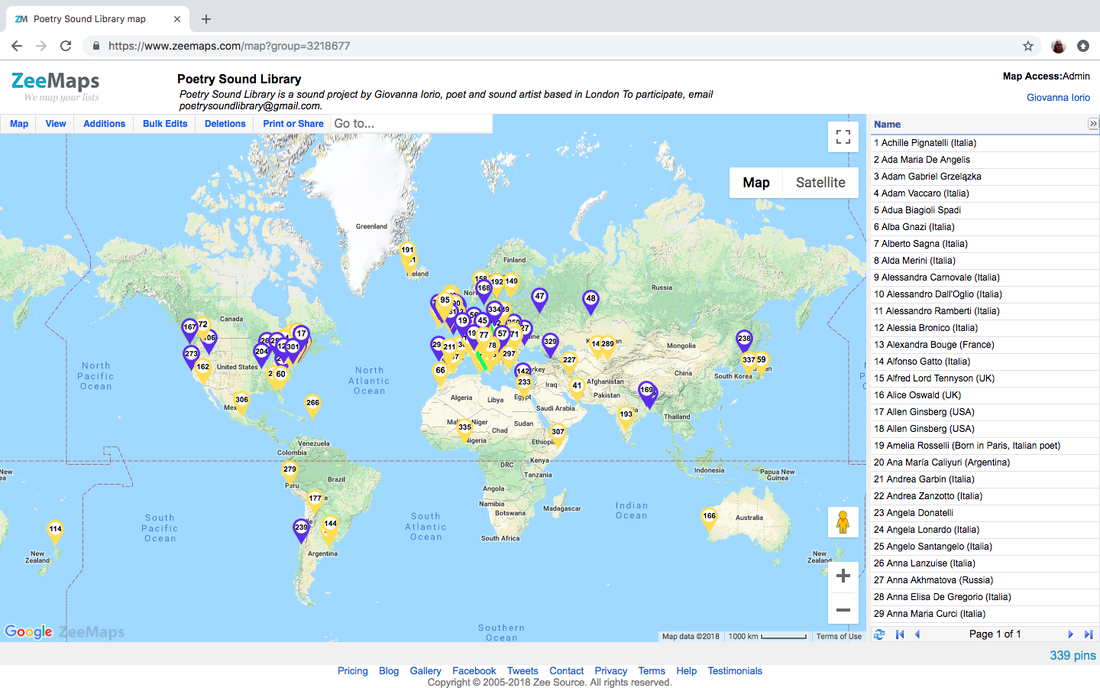
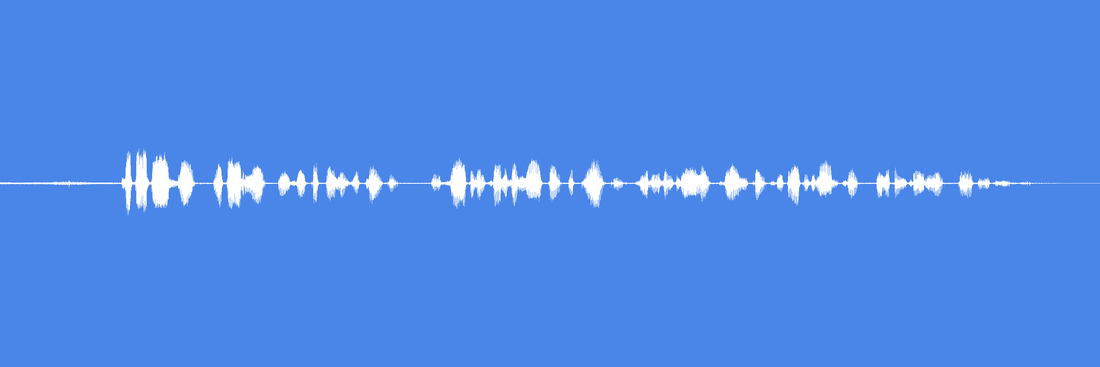
 RSS Feed
RSS Feed
